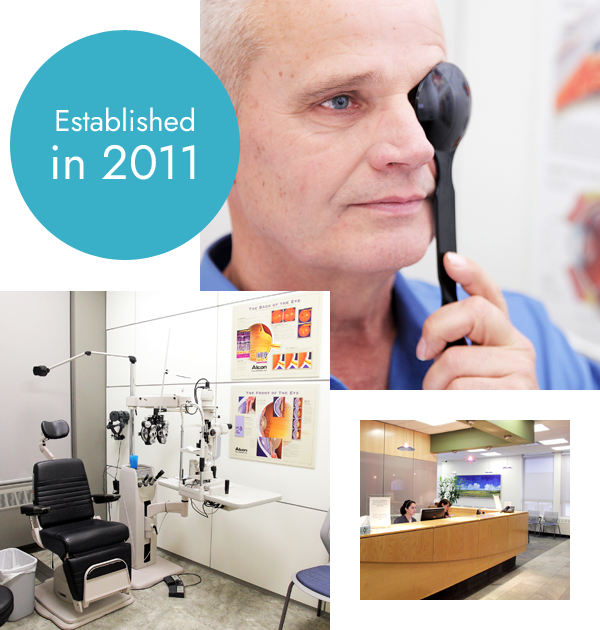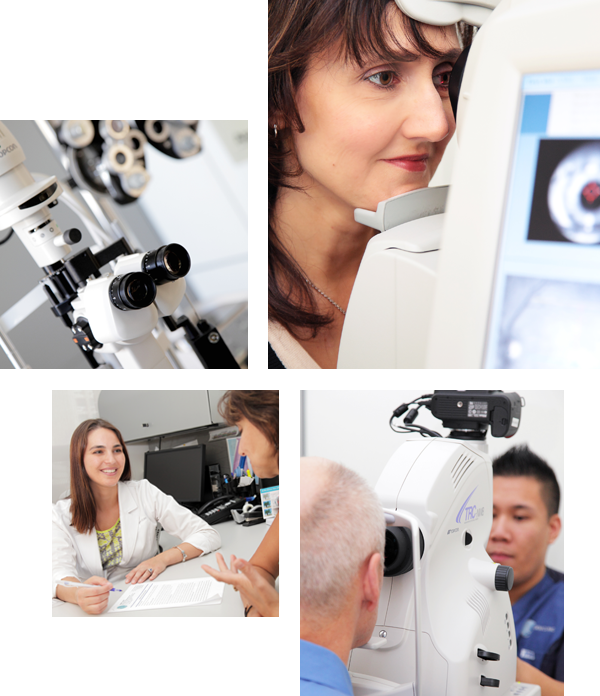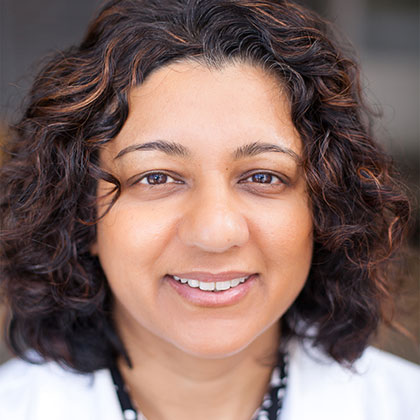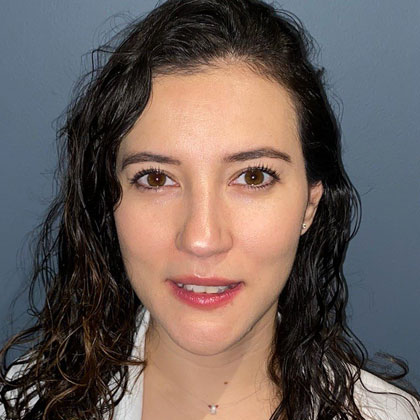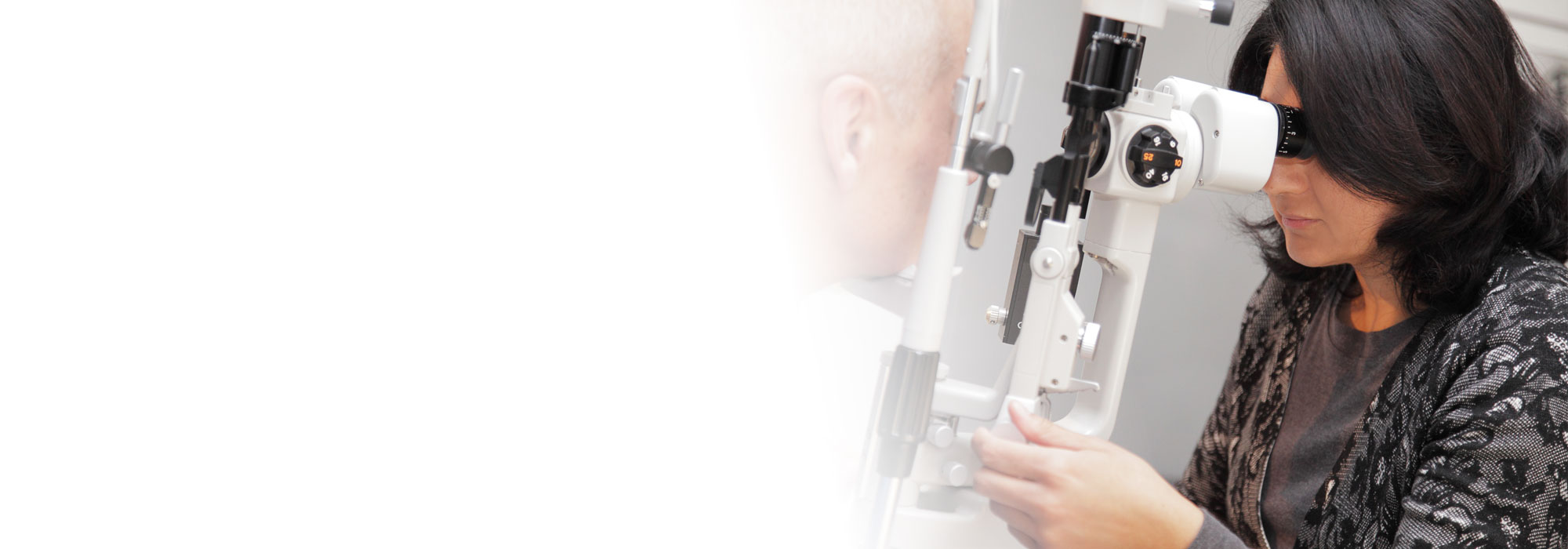- Home
- |
- About
- |
- Patient Information
- |
- Laser
- |
- Surgery
- |
- Referral Process
- |
- FAQs
- About Basic Eye Anatomy
- About Glaucoma
- About Common Glaucoma Medications
- About Common Eye Antibiotics
- About Anti-Inflammatory Eye Drops
- About Eye Supplements
- About Posterior Vitreous Detachment, Retinal Tears and Detachment
- About Macular Degeneration
- About Diabetic Retinopathy
- About Dry Eyes, Blepharitis and Ocular Rosacea
- About Corneal Abrasions
- About Contact Lens Infections
- About Conjunctivitis
- About Iritis
- How do I apply eye drops?
- How do I apply eye ointment?
- About Preventative Eye Care
- |
- Links
- |
- Contact
Glaucoma / Cataracts / Diabetic Retinopathy / Macular Degeneration / Ocular Surface
Diagnosis to Management
Excellence in Ophthalmology
Expert Doctors
Our doctors are experts in diagnosing eye diseases and performing various medical, laser and surgical treatments.
Diligent Staff
Our administrative and technical staff have a strong and professional work ethic, and strive for accurate results.
State-of-the-art Technology
Our modern facility has state-of-the-art technology to provide detailed information about your eyes, helping our team make the best decisions for your care.
